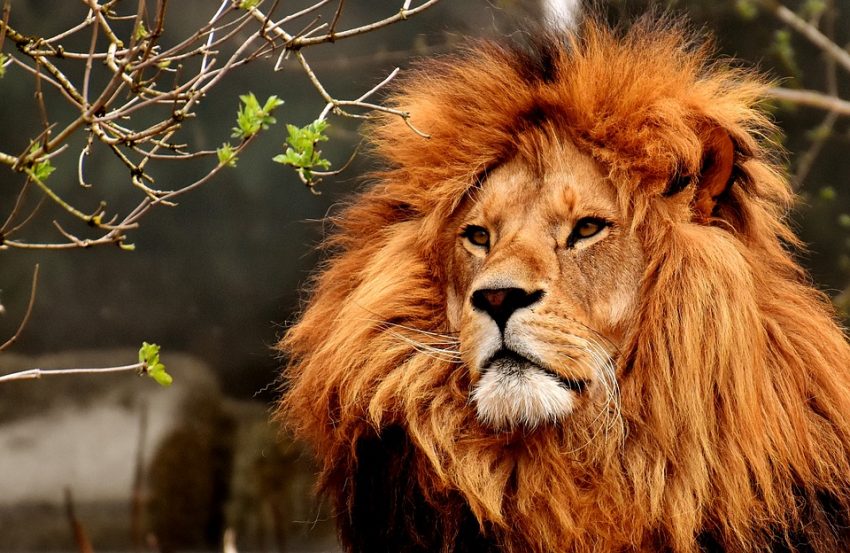Very few people think of the zoo as an educational institution, yet that is just what it is. The modern zoological collection is no hit-or-miss assortment of animals gathered together to amaze and amuse the casual observer. Instead, the collection is carefully planned and arranged to bring to the visitor the story of the animal world.
So, let’s discover more!
Animals of the Zoo

The size and range of the animal collection in any zoo are subject to certain limitations. When space is at a premium, there will be fewer large animals, like elephants and rhinoceroses, in order that there may be enough smaller animals. The size of the budget and particularly the portion allotted for the purchase of new animals will also have a bearing on the number and kinds of exhibits the zoo will present.
The zoologist usually must take all these considerations into account in planning his collection and that is why no two zoos are alike. In every case, however, one cardinal principle is kept in mind – the collection must be as representative of the animals of the world as possible. Most zoos include at least one elephant among their attractions. Some zoos with large budgets and sufficient space, feature several elephants and other members of the pachyderm family such as rhinoceroses and hippopotamuses. Lions and tigers are also universally associated with the zoo and they too are almost invariably found in the collection.
The carnivore section can be extended to include leopards, jaguars, ocelots, pumas and many other members of the cat family. The anthropoid-ape-and-monkey department is even more popular with zoo visitors and is an important educational feature as well. The well-rounded zoo will have a bird section. This will include birds from far-off areas of the world – waterfowl, flightless birds and some of the more spectacular members of the feathered world. It may also include domestic birds native to the area in which the zoo is located. Practically all zoological collections have exhibits of reptiles, bears, small mammals and hoofed stock (deer and similar animals).
Sources of Animals for a Zoological Collection

Unlike the museum operator, the zoo man faces the problem of constantly replacing animals since obviously they do not live forever. The director, in addition to being a zoologist and an educator, must also be a businessman – a purchasing agent, constantly on the lookout for new animals for his collection. He knows from training and experience the average zoo-life expectancy of most animals under his care ad he anticipates his replacement needs.
The most important single source of animals for a zoological collection is the animal dealer. Most zoos are in constant touch with a number of dealers in many parts of the world. The dealers, who buy from independent hunters or who commission the capture of animals as they need them, keep the zoo informed of the animals currently available for purchase and the market price of such animals. A zoo will often circularize the various dealers, asking whether a particular type of animal is currently available or else it will request a dealer to obtain such an animal.
Animal prices fluctuate, according to supply and demand – they are affected too by the health, appearance and disposition of individual specimens. Certain factors tend to keep prices down. An animal dealer with a large supply of lions on hand cannot wait too long for the lion market to develop high prices, since the cost of maintaining the animals in stock for any period of time could easily wipe out any price advantage gained through holding his stock. Also, in the case of some animals which require special treatment and diet in captivity, the animal dealer must settle for a quick sale.

